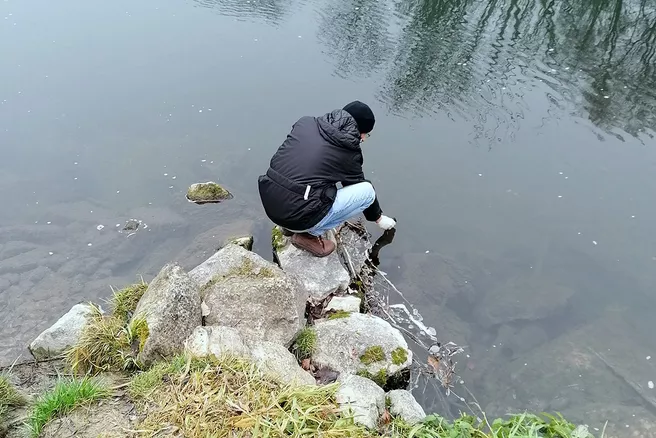The Chair of Hydrology and River Basin Management in the Department of Civil and Environmental Engineering at the TUM School of Engineering and Design led the modeling work package of the three-year boDEREC-CE project. Researchers from seven countries analysed up to 114 emerging contaminants substances, especially pharmaceuticals and personal care products (PPCP). The samples – TUMs pilot action site was located in Neufahrn near Freising - were taken not only in catchment areas but also on the water treatment plants to assess treatment efficiency. The results showed that the most common PPCP in European rivers is DEET, an active compound of repellents commonly used, especially in the summertime. Research findings support water suppliers and administration in their daily operation by providing tools for the detection and assessment of PPCP in drinking water. And an integrated management strategy for waterworks guarantees the increased quality of drinking water.
Info zum Forschungsprojekt: www.cee.ed.tum.de/hydrologie/forschung/laufende-projekte/boderec/
